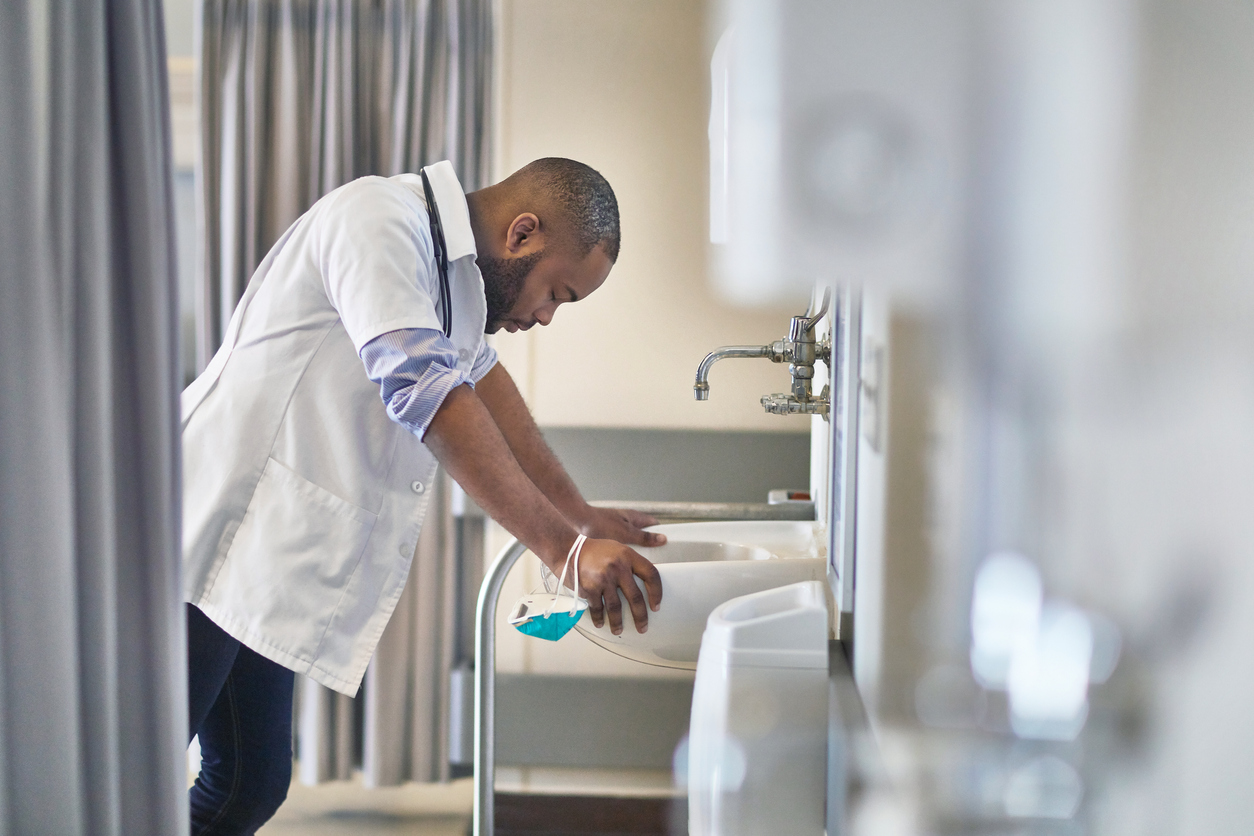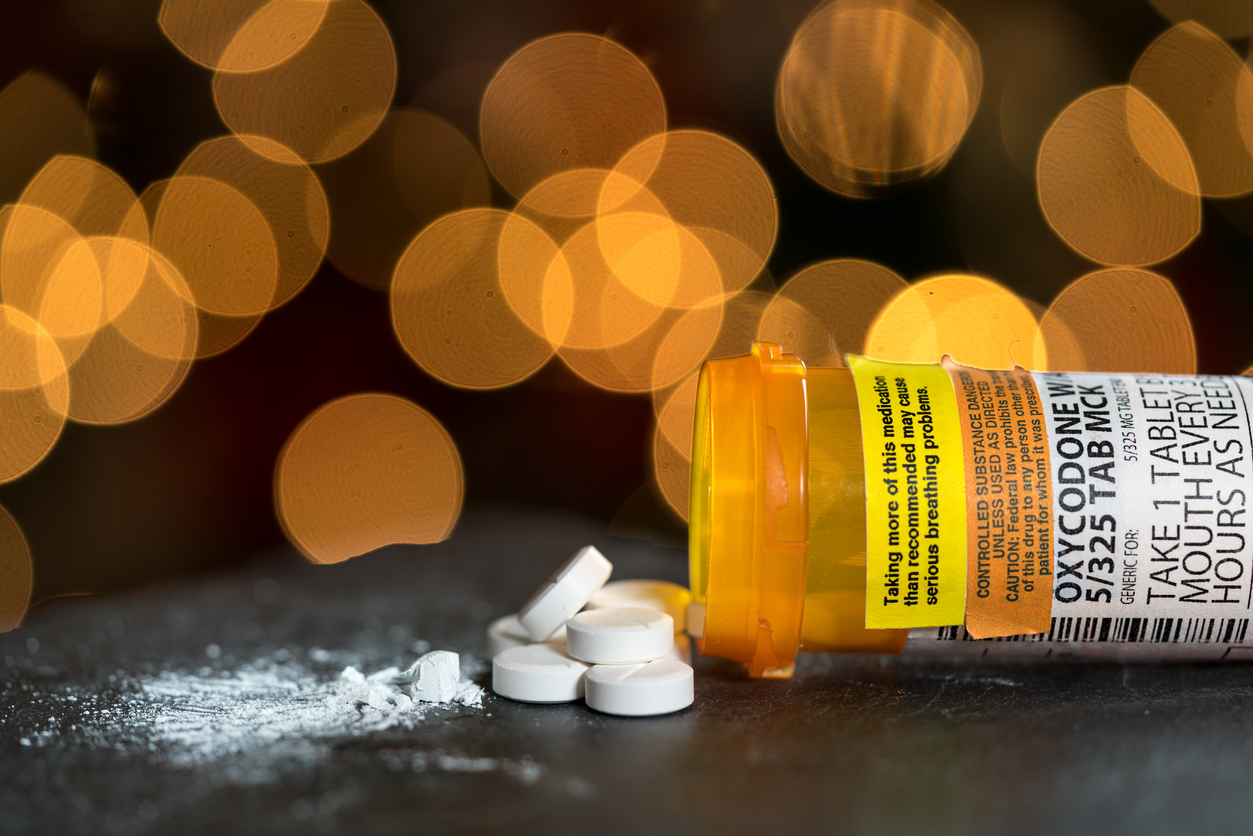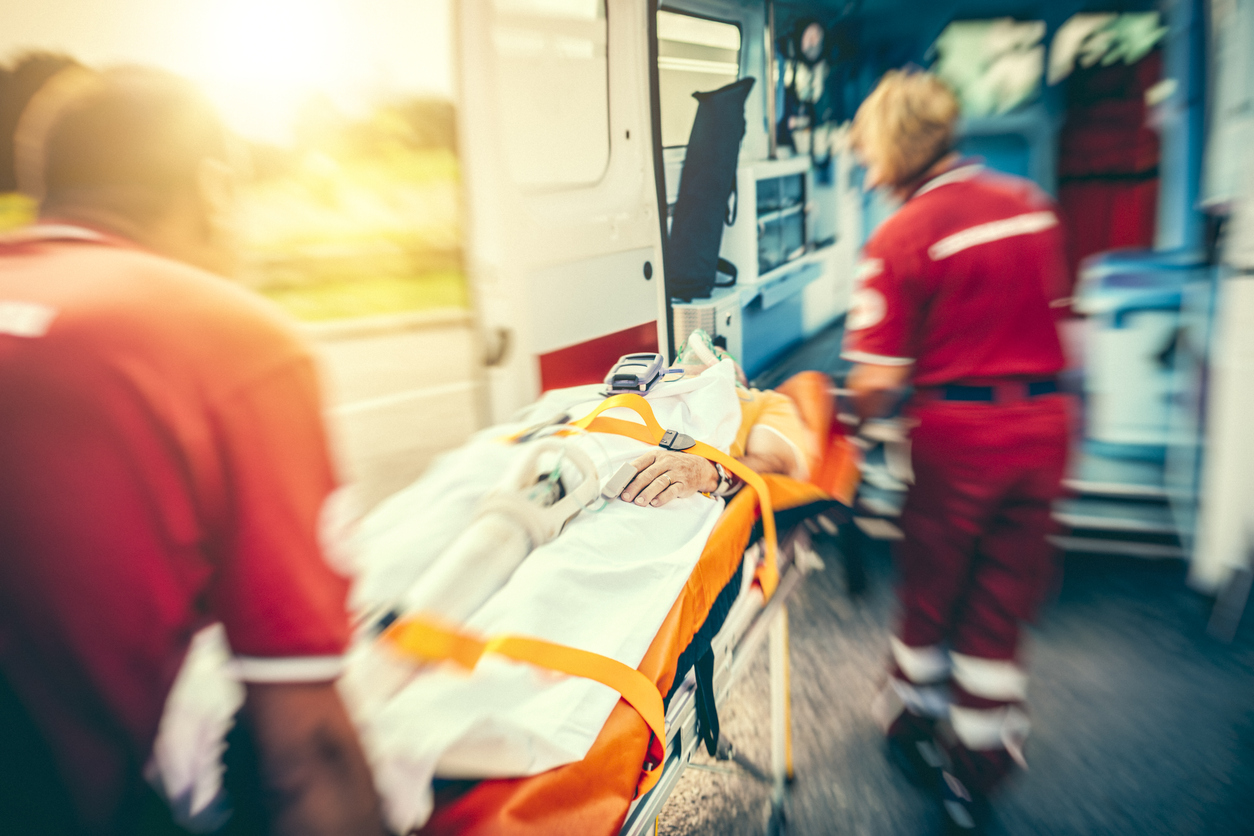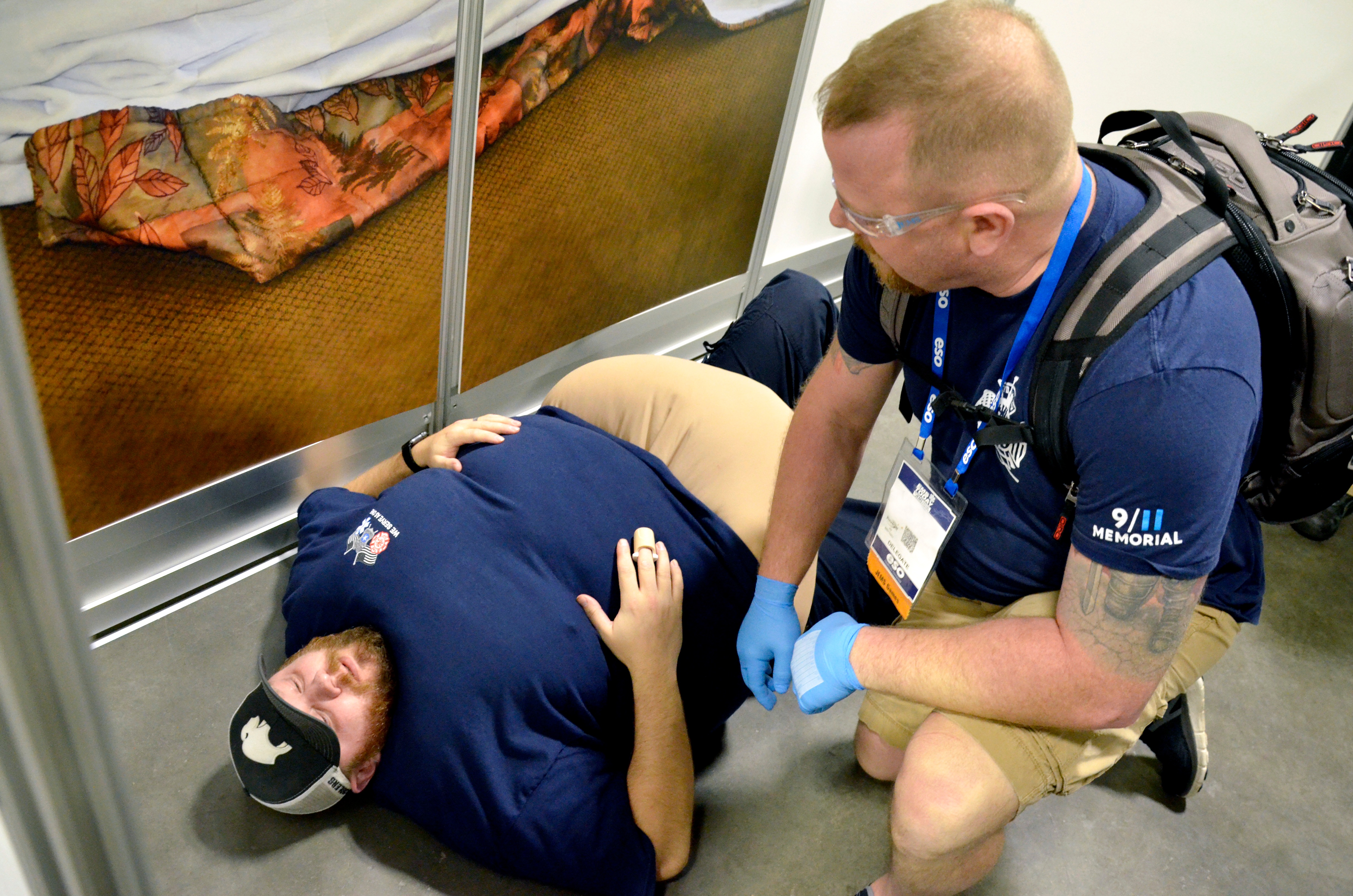
A career in healthcare can have many stressful moments. Some healthcare professionals must deal with stress on a daily – even hourly -- basis. Yet students in healthcare programs get very little experience in dealing with career stressors.

A career in healthcare can have many stressful moments. Some healthcare professionals must deal with stress on a daily – even hourly -- basis. Yet students in healthcare programs get very little experience in dealing with career stressors.

The use, overuse, and abuse of opioids in the United States is a multifaceted issue that emergency medical services (EMS) face. Although the media has spotlighted the negative impact of opioid overdose and diversion, EMS systems still rely on opioids to manage pain.

While the proper administration of Narcan (generic name: naloxone) is important to teach first responders, a new delivery system of the drug that reverses an opioid overdose is available for bystanders and healthcare professionals alike.

Greg Whiteley is a retired Dallas firefighter/paramedic, respiratory therapist, and flight medic who works with Eagle Life Saving in Allen, Texas. He is also an EMS educator, and one of the things he teaches is running a code.

Everybody is a product of their own experiences. Simulation in education is important so students can continue to process sensory input during a real-life situation. Here are five tips for creating immersive scenarios during pre-hospital simulations.* These can be applied to EMS training as well as simulation education in all healthcare fields.